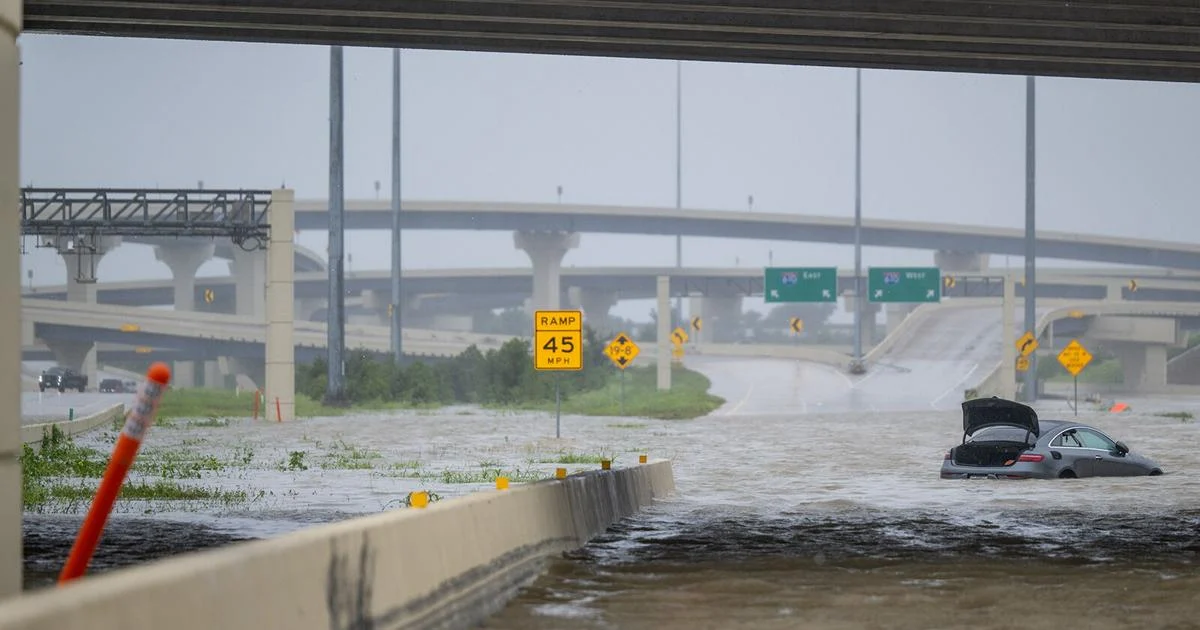Tropical Depression Beryl

Tropical Depression Beryl emerged as a low-pressure system over the Atlantic Ocean, fueled by warm ocean waters and favorable atmospheric conditions.
The looming presence of Tropical Depression Beryl brought a shift in the weather patterns, casting a veil of uncertainty over the skies of Louisville, Kentucky. As meteorologists closely monitored the storm’s trajectory, locals turned to reliable sources like weather louisville ky for up-to-date forecasts.
Amidst the tropical disturbance, the city braced itself for the potential impact on its daily life, as Beryl’s path continued to unfold.
The genesis of Beryl can be traced to the interaction of several meteorological factors. A pre-existing disturbance in the atmosphere provided the initial impetus for the formation of organized thunderstorms. As these thunderstorms intensified, they released latent heat, further invigorating the upward motion of air within the system.
Tropical depression Beryl has brought heavy rainfall and flooding to the Gulf Coast. For the latest updates, including live radar and storm surge warnings, visit hurricane beryl live. Stay safe as Tropical depression Beryl continues to impact the region.
Atmospheric Conditions, Tropical depression beryl
The development of Beryl was facilitated by a combination of conducive atmospheric conditions. Ample moisture in the atmosphere supplied the necessary fuel for the thunderstorms to thrive. Additionally, weak vertical wind shear allowed the thunderstorms to persist and organize themselves into a coherent system.
Characteristics
At its peak, Tropical Depression Beryl exhibited characteristics typical of a developing tropical cyclone. Wind speeds reached sustained speeds of 35 miles per hour, while the central pressure dropped to 1007 millibars. The depression spanned approximately 100 miles in diameter.
Impact of Tropical Depression Beryl

Tropical Depression Beryl is expected to bring heavy rainfall, strong winds, and storm surge to affected areas. These conditions can lead to a range of impacts, including:
- Flooding: Heavy rainfall can cause rivers and streams to overflow, leading to flooding in low-lying areas. This can damage homes and businesses, displace residents, and disrupt transportation.
- Storm surge: Storm surge is a wall of water that can be pushed ashore by strong winds. This can cause significant damage to coastal communities, including flooding, erosion, and structural damage.
- Wind damage: Strong winds can cause damage to trees, power lines, and buildings. This can lead to power outages, downed trees, and structural damage.
Evacuation Plans and Safety Measures
Residents in affected areas should be prepared to evacuate if necessary. Evacuation plans should be developed in advance and should include a designated meeting place and evacuation route. Residents should also have an emergency kit that includes food, water, first aid supplies, and important documents.
During the storm, residents should stay indoors and away from windows. They should also listen to local news and weather reports for updates on the storm’s progress. After the storm, residents should be cautious of downed power lines and debris. They should also check their homes for damage and contact their insurance company if necessary.
Tracking and Forecasting Tropical Depression Beryl
Tracking the movement and intensity of tropical depressions is crucial for disaster preparedness and response. Various methods are employed to forecast their behavior, including satellite imagery, weather balloons, and computer models.
Forecasting Methods
- Satellite Imagery: Satellite images provide real-time data on cloud patterns, wind speeds, and temperature, allowing meteorologists to track the depression’s movement and development.
- Weather Balloons: Weather balloons gather data on atmospheric conditions, such as pressure, temperature, and wind speed, which helps determine the depression’s intensity and direction.
- Computer Models: Computer models use mathematical equations to simulate the behavior of tropical depressions, predicting their path and intensity based on current and historical data.
Tracking Table
| Location | Wind Speed (mph) | Pressure (mb) | Predicted Path |
|---|---|---|---|
| Gulf of Mexico | 40 | 1000 | Northward |
| Louisiana Coast | 50 | 995 | Inland |
| Mississippi River Valley | 45 | 990 | Northeastward |
This table will be updated as new data becomes available.
